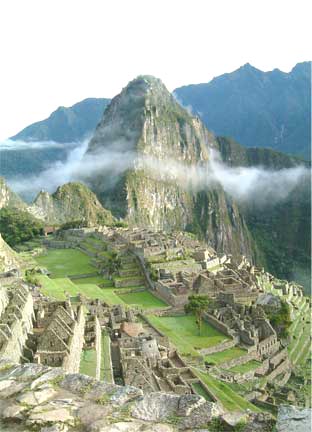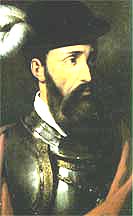Pizzaro Conquers the Incas

The Inca were the largest civilization in the Americas. They had large cities and were organized as an Empire. Their land was also rich in gold and silver. The Incas

Francisco Pizarro was a Spanish conquistador who had participated in Balboa's expedition that discovered the Pacific Ocean. Intrigued by rumors of a wealthy empire in South America, Pizarro successfully persuaded the Spanish government to sponsor expeditions aimed at exploring the western coast of the continent. Over the course of several journeys, Pizarro sought to locate this elusive empire. In 1526, he encountered an Incan trading ship laden with silver and gold. Seizing the ship, Pizarro trained some of the captured crew to serve as his interpreters.
In 1531, Pizarro led a modest force of 180 Spanish soldiers down the Pacific coast to the coastal city of Cajamarca. Here, he learned that the Incan ruler, Atahualpa, was in a vulnerable position following a recent civil war. Pizarro headed to Atahualpa's summer residence, and upon the ruler's refusal to submit to Spanish authority, captured him. The Incas then offered an extraordinary ransom of gold and silver for the release of their leader. Pizarro agreed to the terms and the Incas filled a room with the promised treasure. However, despite his assurance to set Atahualpa free upon receipt of the ransom, Pizarro treacherously ordered the execution of the Incan ruler.
After Atahualpa's execution, Pizarro pressed on to capture the Incan capital of Cusco, effectively dismantling the empire and consolidating Spanish control over the region. The conquest had lasting impacts, including the decimation of the Incan population due to warfare and diseases brought by the Europeans, as well as the incorporation of vast new territories into the Spanish Empire.
 >
>